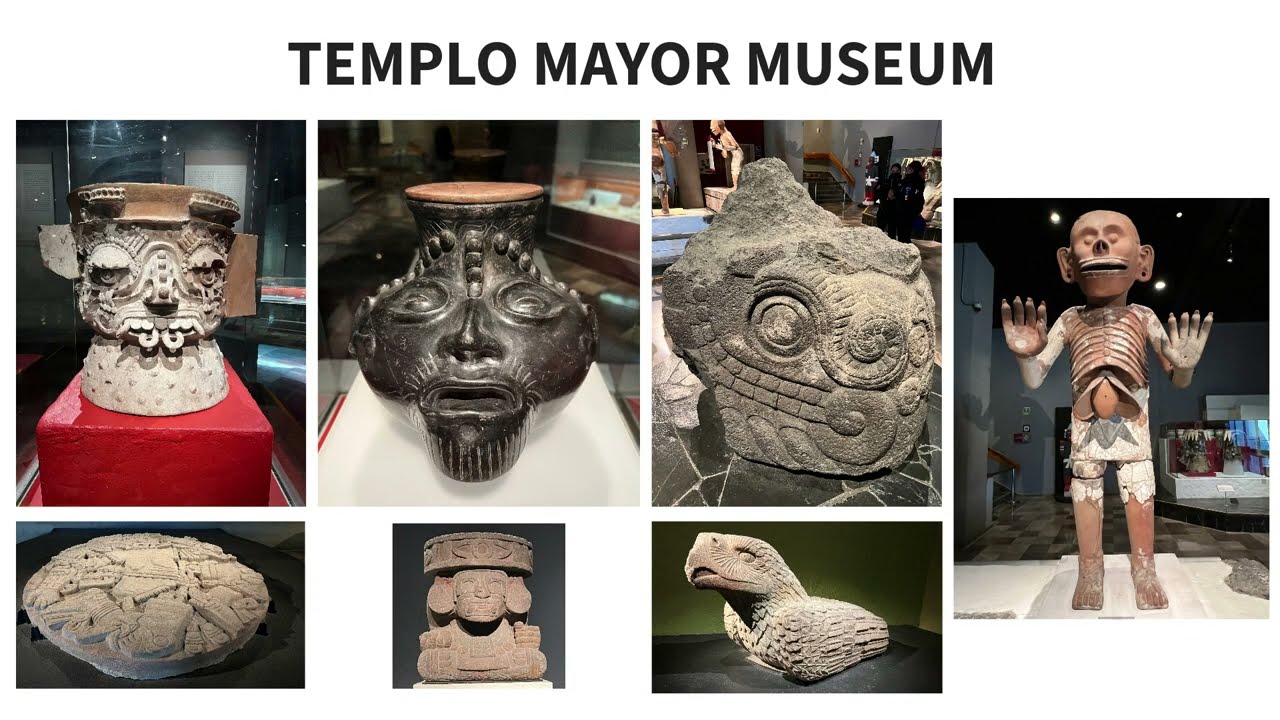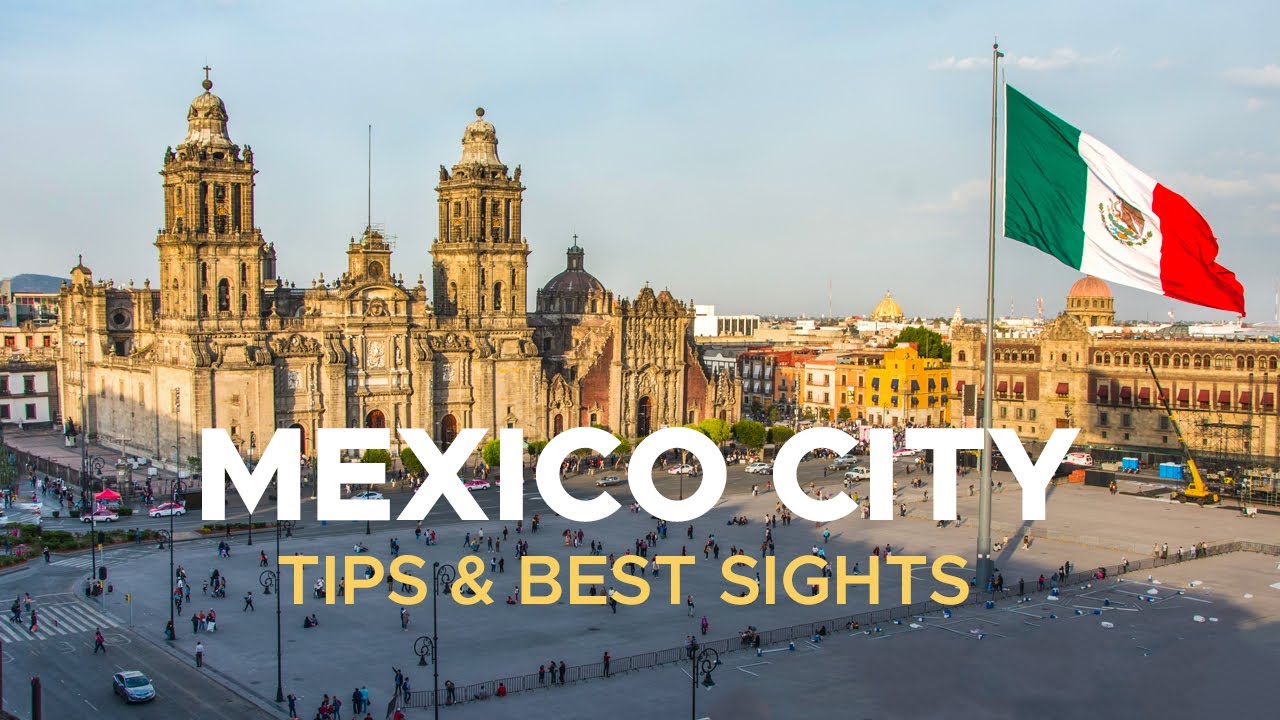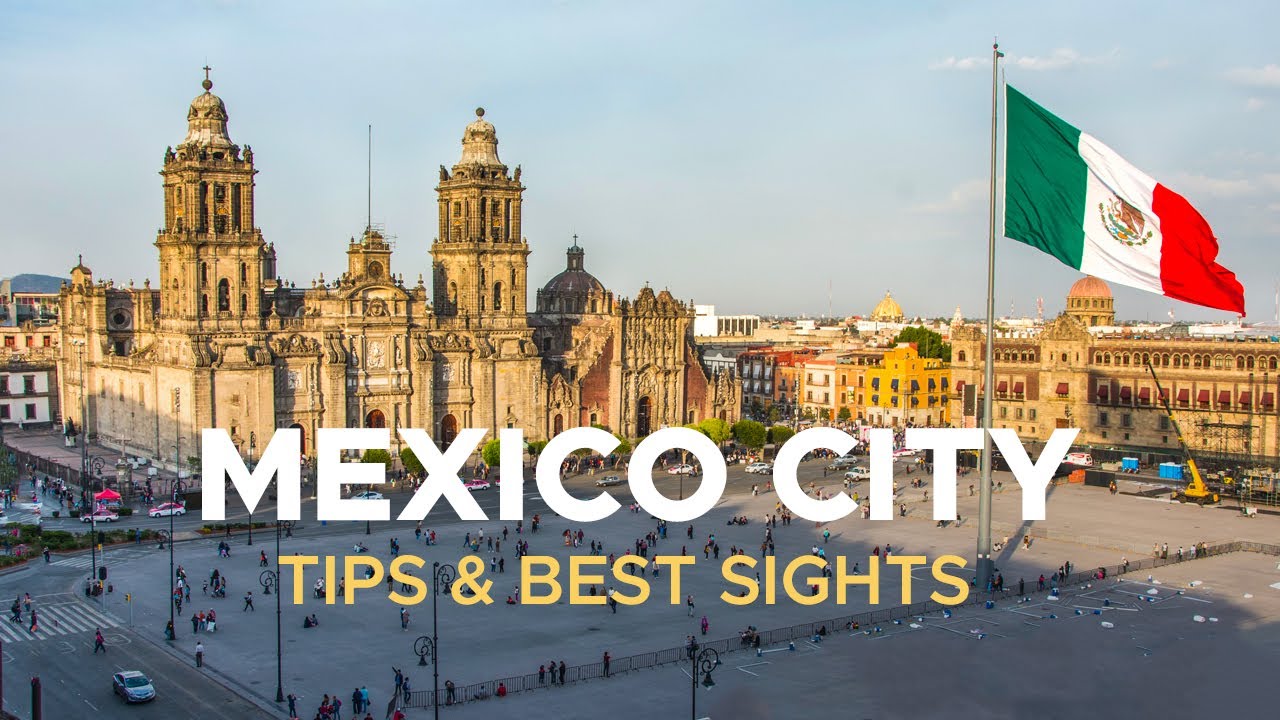Exploring the Rich History of Mexico Citys Plaza de la Constitución
The Plaza de la Constitución, often referred to as the Zócalo, is one of the most iconic and historically rich locations in Mexico City. Its no mere coincidence that the Zócalo is one of the largest city squares in the world, as it serves as a cultural epicenter, reflecting the citys vibrant history and heritage.
The Pre-Hispanic Era
The history of the Plaza de la Constitución dates back to the pre-Hispanic era. It was originally the ceremonial center of the Aztec city of Tenochtitlán, hosting numerous temples and palaces. The Templo Mayor, a double pyramid dedicated to the gods Tlaloc and Huitzilopochtli, was the most significant structure of this era. The location of the Zócalo today aligns with the ancient citys design, highlighting the enduring influence of the Aztecs.
The Colonial Period
The Plaza de la Constitución underwent significant transformations during the colonial period. After the Spanish conquest, many of the original Aztec structures were destroyed, and the Zócalo was redesigned to follow the traditional Spanish urban layout. The square became the administrative, political, and religious hub of New Spain. Major structures like the Cathedral Metropolitana and the National Palace were built around the square, reinforcing its central role in the colonial city.
The Modern Era
In the modern era, the Plaza de la Constitución continues to be a crucial public space in Mexico City. It has witnessed many historical events, from independence movements to political protests. The Zócalo is not just a testament to Mexico Citys rich history, but also a living, breathing part of its present and future. Today, the square hosts a variety of events, including concerts, festivals, and public gatherings, making it a vibrant cultural hub in the heart of Mexico City.
The Architectural Grandeur of Plaza de la Constitución: A Reflection of Mexico Citys History
The Plaza de la Constitución, or Zócalo as it is popularly known, stands as a testament to Mexico Citys rich and varied history. Its architectural grandeur is reflected in the amalgamation of different styles and periods, each contributing to the unique aesthetic and atmosphere of the plaza.
Historical Influences on Architecture
The Zócalos architecture is heavily influenced by the citys historical periods. The pre-Hispanic era is represented by the Templo Mayor, a significant Aztec temple discovered beneath the plaza. Spanish colonial influences are evident in the magnificent Metropolitan Cathedral and the Palacio Nacional, both showcasing Baroque and Neoclassical styles. These architectural masterpieces not only reflect the grandeur of their respective eras but also Mexico Citys ability to harmonize different styles into a cohesive whole.
Architectural Styles and Features
The Metropolitan Cathedral, the largest cathedral in the Americas, stands as an impressive example of colonial architecture. Its design incorporates elements of Gothic, Baroque, and Neoclassical styles. The Palacio Nacional, on the other hand, is famous for its red tezontle façade and the stunning murals by Diego Rivera housed inside, depicting Mexicos history from ancient to modern times.
Modern Adaptations and Additions
While the Zócalo retains its historical charm, it has also adapted to the needs of the modern city. The plaza is surrounded by several contemporary structures, such as the Supreme Court building, demonstrating a blend of modern architecture with the traditional. This combination further adds to the architectural grandeur of the Plaza de la Constitución, making it a true reflection of Mexico Citys evolving history.
Key Historical Events at the Plaza de la Constitución in Mexico City
The Plaza de la Constitución, more commonly known as the Zócalo, has been the center stage for numerous significant historical events in Mexico City. One such pivotal event took place in the 16th century. After the Spanish conquest of the Aztec Empire, the square was used as the primary location for colonial administrative buildings and the Catholic Church. The Zócalo was where Hernán Cortés, the Spanish conquistador, declared the city as the New Spain capital in 1524.
The Zócalos role in the Mexican War of Independence was crucial. It was the site of the Grito de Dolores, the declaration of the war of independence against Spain, in 1810. The war ended with the signing of the Plan of Iguala in the Zócalo in 1821, marking Mexicos independence from Spanish rule.
Revolutionary Protests and Political Demonstrations
The 20th century saw the Plaza de la Constitución transformed into a space for political demonstrations. During the Mexican Revolution in 1910, the Zócalo was a critical location for revolutionary protests against the dictatorship of Porfirio Díaz. Furthermore, it was in this square that the Constitution of 1917, which still governs Mexico today, was first announced to the public.
In recent years, the Zócalo has continued to be a focal point for political and social gatherings. Notably, it was the site of massive protests following the 2006 presidential elections, underscoring its enduring significance in Mexicos political and social landscape.
The Cultural Significance of Mexico Citys Plaza de la Constitución
The Plaza de la Constitución, more popularly known as the Zócalo, is the heart of Mexico City. It is one of the largest city squares in the world and it has been a hub of political, religious, and social activities since the pre-Hispanic era. This iconic square is surrounded by several significant landmarks, including the Metropolitan Cathedral, the National Palace, and the Templo Mayor, making it a rich representation of Mexico’s layered history.
Historical Roots of Plaza de la Constitución
The Plaza de la Constitución holds a central place in Mexicos historical narrative. It was originally an important ceremonial center for the Aztecs, later evolving into the political and administrative center during the Spanish colonial period. The Zócalo has been the site of numerous historical events, from the Mexican War of Independence to the Mexican Revolution. This historical significance adds to the cultural value of the Plaza, as it represents the resilience and evolution of the Mexican nation.
Cultural and Social Significance
The Plaza de la Constitución is more than just a historical site. It is also a vibrant cultural and social space that hosts a variety of events and gatherings. From music concerts, cultural festivals, and political rallies to traditional ceremonies and community events, the Zócalo is a place where the diverse cultures of Mexico converge. It is a place where Mexicans express their identity, exercise their rights, and celebrate their heritage.
In addition, the surrounding structures like the Metropolitan Cathedral and the National Palace are not only architectural masterpieces but also repositories of Mexicos artistic treasures. They house some of the countrys most significant works of art, contributing to the rich cultural tapestry that the Plaza de la Constitución represents. This fusion of history, culture, and social life makes the Zócalo a living symbol of Mexico Citys dynamic cultural identity.
Walking Through History: A Tour of the Plaza de la Constitución in Mexico City
Located in the heart of Mexico City, the Plaza de la Constitución, also known as the Zócalo, is a historical and cultural landmark that offers a rich insight into Mexicos vibrant past. Known to be one of the largest city squares in the world, it serves as a testament to Mexicos rich history, featuring impressive architecture, captivating monuments, and iconic buildings.
Historical Significance of Plaza de la Constitución
The Plaza de la Constitución has been a significant location throughout Mexicos history. It was initially the ceremonial center of the Aztec city of Tenochtitlán before the Spanish conquest. After the conquest, it became the central square of the new Spanish city. It was here that the Mexican Constitution was proclaimed in 1813, earning the plaza its name. Over the centuries, the plaza has witnessed numerous historic events, including revolutions, protests, and celebrations, making it a living embodiment of Mexicos history.
Architectural Landmarks in the Plaza de la Constitución
The Plaza de la Constitución is surrounded by some of Mexico Citys most iconic buildings. On the north side of the plaza stands the majestic Mexico City Metropolitan Cathedral, one of the largest and oldest cathedrals in the Americas. To the east, you can find the Palacio Nacional, a beautiful colonial-era palace housing stunning murals by Diego Rivera. Other notable landmarks include the Federal District buildings and the Old Portal de Mercaderes. Each of these architectural marvels adds to the historical allure of the plaza.
Cultural Events at the Plaza de la Constitución
Beyond its historical and architectural significance, the Plaza de la Constitución is a vibrant cultural hub. It regularly hosts a wide array of events, including concerts, festivals, and exhibitions. One of the most notable events is the annual Dia de los Muertos (Day of the Dead) celebration, which transforms the plaza into a colorful spectacle of traditional Mexican culture.



